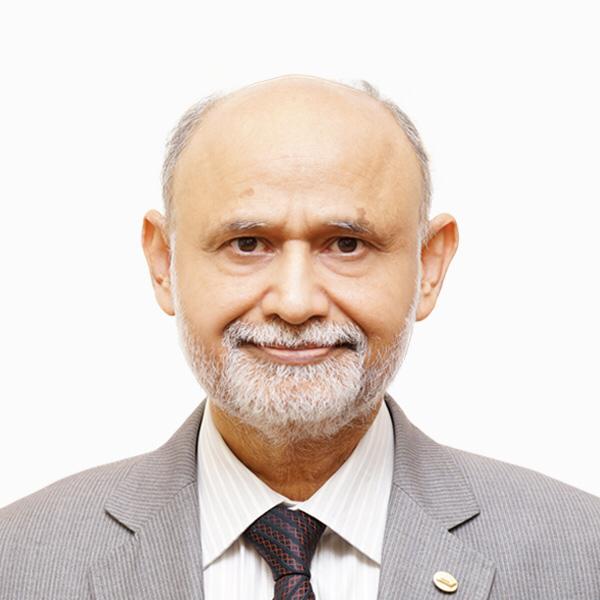It was February 24, 2022, when the Russian ground forces breached Ukrainian territory. The purpose was to warn Ukraine that it must not continue its efforts to join NATO. There is little doubt that Ukraine was a red line for Russia, and President Putin had been obvious in telling the US-led Western world that Russia would not tolerate Ukrainian membership of NATO under any circumstances. However, the Biden Administration still tried to test the Russian resolve and extended its fullest support to Ukraine for joining NATO, thereby making the country vulnerable to Russia’s possible invasion. Moreover, from their perspective, all the European countries were on board in challenging the Russian resolve, perhaps thinking of dragging Russia into a war that it would not be able to sustain and win.
On the other hand, President Putin had been preparing himself for this time. When he saw that all other regional countries had already joined NATO and its eastward expansion, which was not supposed to be, was nearly complete, he decided to lead Russia in a full-scale war, not only against Ukraine but also against US-led allies who wanted to drag it into this war.
In Europe’s post-Cold War political landscape, NATO’s eastward expansion remains the most controversial issue. Immediately after the breakup of the erstwhile Soviet Union, NATO thought it appropriate to put further pressure on weak Russia at the time. It started to offer former Warsaw Pact countries and the breakaway Soviet republics to join the military alliance.
Poland, Hungary, and the Czech Republic joined NATO in the first wave in 1999. Russia may not have liked it but could not react or object to these countries joining NATO.
From information warfare to cyber warfare, economic warfare to psychological warfare, and drone warfare to land warfare, all relevant domains of hybrid warfare have been employed from both sides
The second wave started in 2004, bringing the maximum number of countries into NATO. All three Baltic states, Estonia, Latvia, and Lithuania, followed by Central/Eastern Europe: Slovakia, Slovenia, Romania, and Bulgaria, joined NATO in one go. While Russia could not stop them, it did show its strong reservations, and the point became contentious between Russia and the European alliance. In the same vein, Albania and Croatia also became members in 2009. After a break of eight years, during which Russia started to assert itself and took over Crimea, Montenegro joined the alliance in 2017.
The countries joining NATO in waves sought security guarantees for Russia’s growing strength. Likewise, North Macedonia joined the group in 2020.
In my opinion, by this time, Russia had had enough and had also gathered the requisite economic strength to invade Ukraine before it joined the alliance. While Russia was already advancing into Ukrainian territory, Finland, which shares a long land border with Russia, joined the wagon in 2023, and Sweden in 2024.
By early 2022, Russian fears had come true: European countries, with the help of the US and under the banner of NATO, had reached Russia’s doorsteps and were challenging its consolidation as a regional power. Russia considered this a strategic threat to its rise and thus decided that Ukraine remained its red line, and the country would not be allowed to join the band under any circumstances.
Therefore, on February 24, 2022, Russia launched a full-scale invasion of Ukraine from multiple directions with a clear military objective of slicing the Ukrainian territory. However, the political objective remained clear: Ukraine must not join NATO.
No sooner did the Russian forces start to advance into Ukrainian territory than NATO’s support started flowing in terms of arms, equipment, training, and financing. In the process, Russia has already annexed four regions in eastern and southern Ukraine since it first crossed into the territory. Interestingly, Russia achieved this early success, perhaps because these regions are mostly populated with ethnic Russians who welcomed the move. These four eastern and southern regions include Donetsk Oblast, a Part of Donbas and a key industrial region; Luhansk Oblast, also part of Donbas; Zaporizhzhia Oblast; and Kherson Oblast.
These four regions are strategically significant for Russia. For instance, the Zaporizhzhia Oblast is strategically significant for access to the Sea of Azov and Crimea. It houses the famous Zaporizhzhia Nuclear Power Plant, which remains the largest in Europe. Likewise, the Kherson Oblast provides access to Crimea and the Dnipro River.
Ukraine, with NATO’s fullest support, has put up resistance on some fronts like Kheroson Oblast and did capture parts of it and, subsequently, the Kursk region of Russia. Still, in the process, it lost nearly 25 percent of its territory after the third year of war.
Several things have happened for the first time in the Russia- Ukraine war, and therefore, it can be termed as a game changer in 21st-century warfare. From information warfare to cyber warfare, economic warfare to psychological warfare, and drone warfare to land warfare, perhaps all relevant domains of hybrid warfare have been employed from both sides: kinetic to non-kinetic with substantial results. Though initially it was termed a TikTok war, it can now be referred to as a war of attrition.
Is this war nearing its end? Perhaps, but I will further delve into it in next week’s column.
The writer of this article has authored three international books: “Nuclear Deterrence and Conflict Management Between India and Pakistan” “South Asia Needs Hybrid Peace” and “Understanding Sun Tzu and the Art of Hybrid War.”
